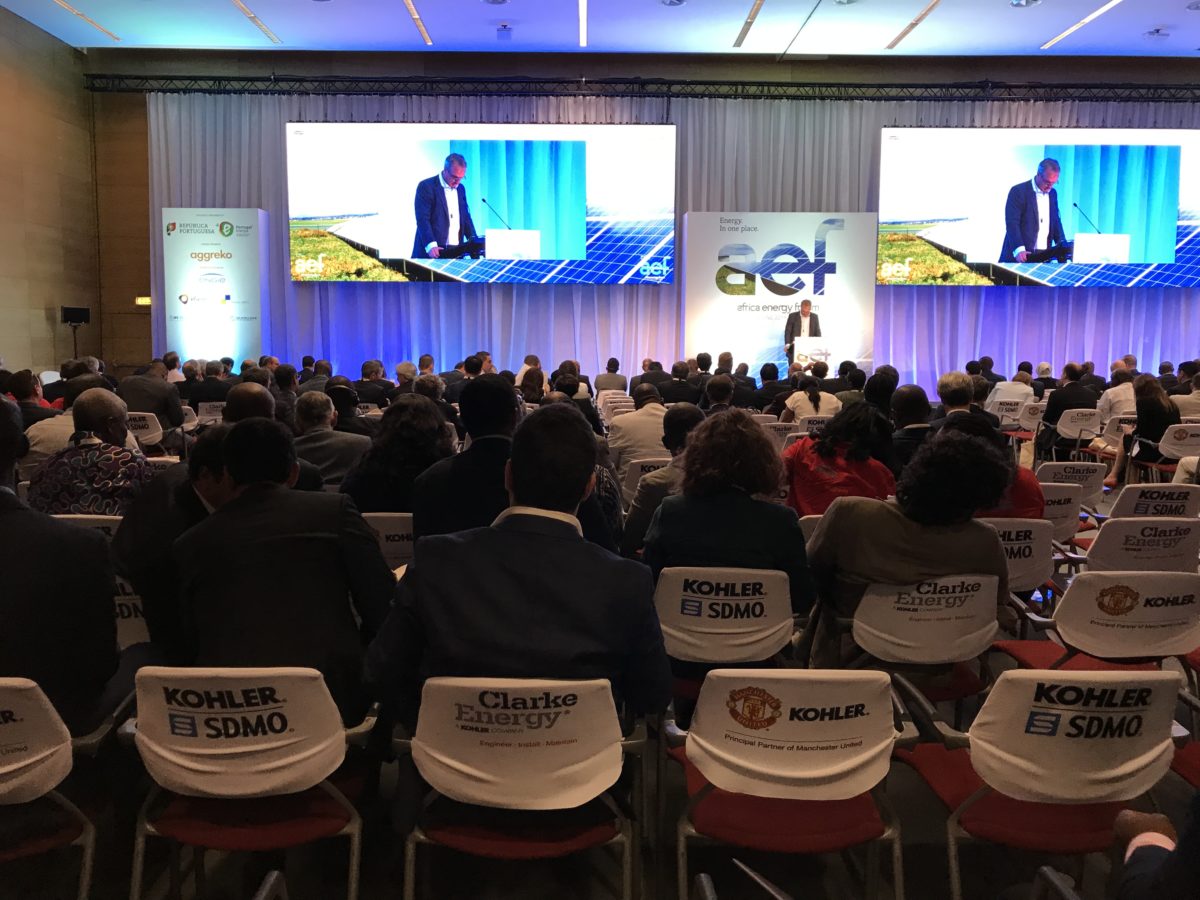A panel session at the Africa Energy Forum that concludes today in Lisbon, has examined Morocco’s energy market and included a presentation by Mohammed Ghazali, secretary-general at the Ministry of Energy, Mines and Sustainable Development.
Ghazali told delegates Law 13-09 on renewable energy will be updated this year to enable net metering for renewables projects that connect to the medium voltage grid.
The legislation at present only permits net metered projects connected to the high voltage grid and which meet at least 80% of the user’s annual electricity needs, ensuring net metering is available solely to large industrial users. As a result, only a small number of wind power projects have been developed via the net metering scheme.
It is hoped a move to the medium voltage grid will prove a game changer, with most big electricity consumers connected to that network.
Tipping point
Harry Boyd-Carpenter, head of energy for the Europe, Middle East and Africa region at the European Bank for Reconstruction and Development (EBRD) told delegates in Lisbon Morocco’s renewable energy is now at a tipping point.
To date, he said, the nation has mainly developed large scale projects. Now, the EBRD feels the market will open up to smaller schemes via the amended Law 13-09.
The EBRD, said Boyd-Carpenter, will invest in the new segment of the market because renewable energy projects in Morocco are bankable thanks to a robust banking system and cheap credit. Morocco, according to the EBRD representative, offers high volumes of renewables generation capacity at very competitive prices. A pivotal reason for that, he said, was that Morocco set a renewable energy strategy at an early stage of the sector’s development, allowing for long term goals the government stuck to in a credible manner.
The fact Morocco has promoted local ownership of projects and the training of local staff during development of the sector has been another factor in its success, added Boyd-Carpenter.
Targets
Secretary-general Ghazali told the forum Morocco has installed around 2 GW of PV, concentrating solar and wind power capacity and aims to reach 10 GW by 2030, primarily through new PV and wind facilities.
Of the hoped-for new capacity, 1.2 GW could arrive in the form of decentralized PV via medium voltage grid net metering, added Ghazali.
Morocco currently generates 65% of its power from conventional fuel sources, primarily thermal power plants. Hydro, and to a lesser extent solar and wind, ensure more than 30% of the nation’s energy comes from renewables.
This content is protected by copyright and may not be reused. If you want to cooperate with us and would like to reuse some of our content, please contact: editors@pv-magazine.com.



By submitting this form you agree to pv magazine using your data for the purposes of publishing your comment.
Your personal data will only be disclosed or otherwise transmitted to third parties for the purposes of spam filtering or if this is necessary for technical maintenance of the website. Any other transfer to third parties will not take place unless this is justified on the basis of applicable data protection regulations or if pv magazine is legally obliged to do so.
You may revoke this consent at any time with effect for the future, in which case your personal data will be deleted immediately. Otherwise, your data will be deleted if pv magazine has processed your request or the purpose of data storage is fulfilled.
Further information on data privacy can be found in our Data Protection Policy.